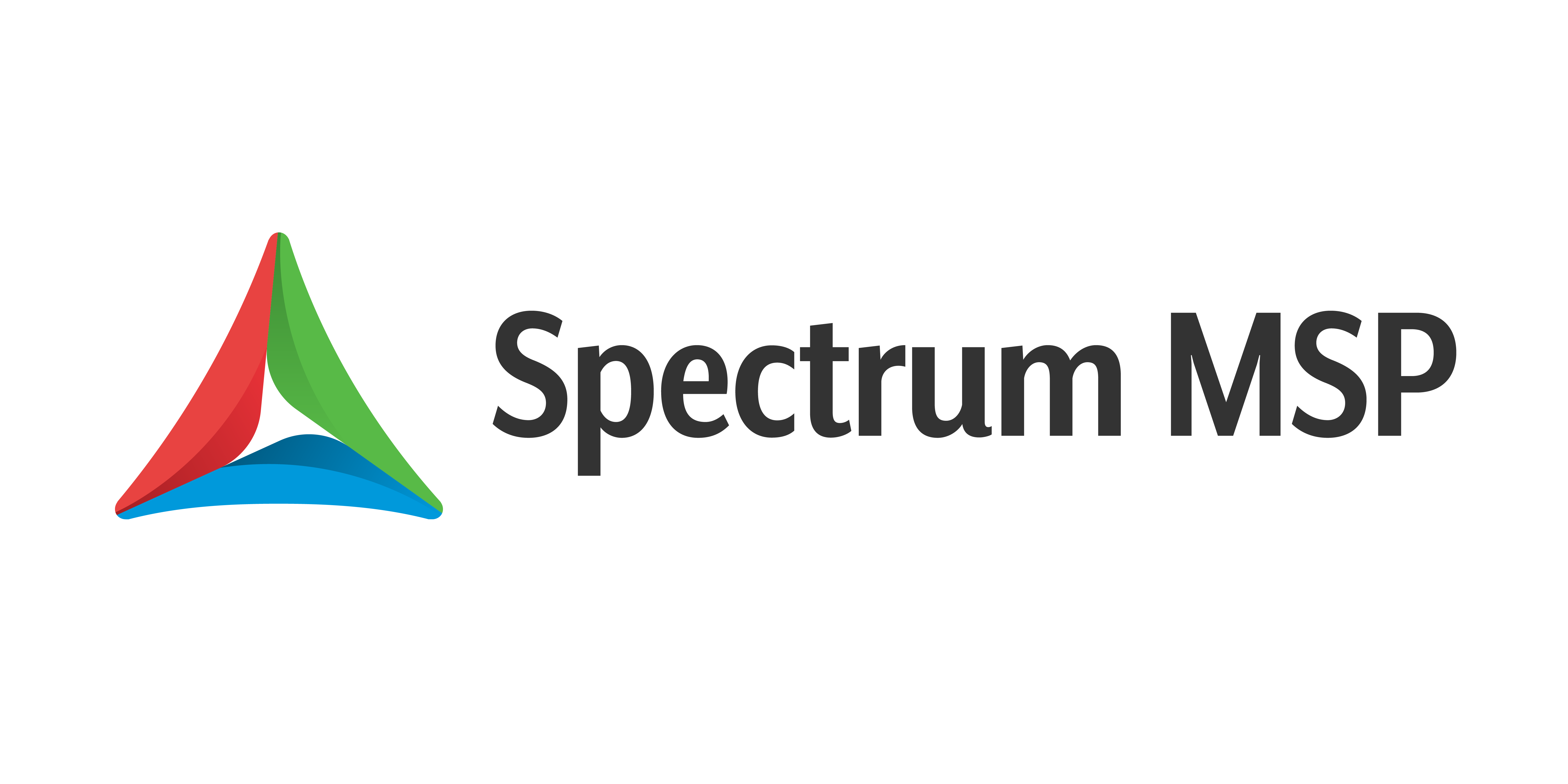
When it comes to IT support, one question business owners ask themselves is whether to go with an in-house IT team or hire a Managed Service Provider (MSP). As with most things in life, this decision isn’t always straightforward. Each option has its strengths and challenges. Let’s break down both sides and help you find which choice might be the best fit for your business.
What’s the Difference Between MSPs and In-House IT?
Before we dive into pros and cons, let’s quickly define the two:
-
Managed Service Provider (MSP): Think of MSPs as your go-to tech support team, but one that doesn’t sit at a desk in your office. MSPs typically handle everything remotely, from monitoring your network to backing up data, managing security, and troubleshooting issues. They’re great for businesses looking for flexibility and access to specialized IT expertise without hiring a full team.
-
In-House IT Team: This is your own group of IT folks who work directly for you. They’re right there in the building (or on the same video call) and know your systems inside out. Having an in-house team means more direct control, but it also involves hiring, training, and keeping up with their needs as employees.
The Pros and Cons of MSPs
Pros of MSPs:
- Cost-Effective: MSPs can save you money. You’re not paying for benefits, training, or office space, and they usually offer a predictable monthly fee, which makes budgeting easier.
- Access to Experts: MSPs employ specialists in various fields like cybersecurity, cloud management, and compliance. You get a diverse skill set without having to recruit for every expertise.
- Scalability: MSPs can grow or shrink with your business. Adding a few more devices? They can handle it. Downsizing? No problem.
- 24/7 Support: Many MSPs provide round-the-clock monitoring, so your systems are protected even while you’re sleeping.
Cons of MSPs:
- Less Control: Because the MSP isn’t onsite, it can feel like you’re handing over a lot of control. Some decisions take a little longer because they need to coordinate with you remotely.
- Vendor Dependency: Your IT performance now depends on the MSP’s quality and reliability. If they have issues, it can impact your operations.
- Communication Delays: If your MSP isn’t local or lacks a dedicated account manager for you, communication might sometimes lag.
The Pros and Cons of In-House IT
Pros of In-House IT:
- Quick Response Time: In-house IT staff may respond to issues right away because they’re right there with you.
- More Control: You have direct influence over their day-to-day work, which can help you tailor IT support exactly as you need it.
- Better Company Knowledge: Since they’re embedded in your organization, they understand your specific IT setup and needs better than an outsider would.
Cons of In-House IT:
- Higher Cost: Salaries, benefits, training, and equipment add up. IT specialists are expensive, and the costs keep climbing.
- Resource Limitations: In-house IT teams are limited to the people you have. If there’s a spike in support needs, you might face delays.
- Training and Retention: Keeping up with the latest tech requires ongoing training, which costs time and money. Plus, retaining skilled staff can be a challenge.
Cost Comparison: MSP vs. In-House
Costs are a big factor. Here’s a rough breakdown:
- MSP Pricing: Typically, MSPs charge per user or device, or offer a subscription-based service. Many also include some hardware and software costs in their packages, which could mean extra savings.
- In-House IT Pricing: For an in-house team, you’re looking at ongoing expenses like salaries, benefits, and possibly higher equipment and software costs. Plus, there’s the cost of keeping their skills up to date.
So, Which Is Right for You?
To find the right fit, consider the following:
- Company Size: MSPs work great for small to mid-sized businesses, while large organizations with big budgets may find in-house teams more practical.
- Complexity of IT Needs: If your IT setup is unique or requires a lot of customization, an in-house team might be better because they’ll be familiar with every detail.
- Growth Plans: If you’re planning to grow fast, MSPs offer the flexibility to scale without hiring more employees.
- Budget Constraints: MSPs can provide an affordable solution, especially for companies that don’t want to commit to the expenses of full-time IT hires.
A Third Option: Hybrid Solutions
Some companies choose a hybrid approach, using a small in-house IT team to handle daily tasks while leaning on an MSP for specialized services. This option works best if you require a quicker response and control, plus an MSP for extra expertise and scalability.
Final Thoughts
Choosing between an MSP and in-house IT isn’t an easy decision, and there’s no one-size-fits-all answer. The right choice depends on your business’s size, budget, growth plans, and the complexity of your IT needs. Weigh the pros and cons carefully, think about your long-term goals, and don’t be afraid to reach out to us, Spectrum MSP, for a tailored recommendation.
Hopefully, this gives you a clearer picture of your options so you can make the best choice for your business!
